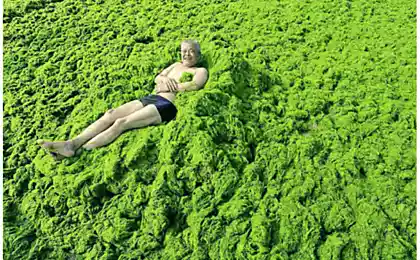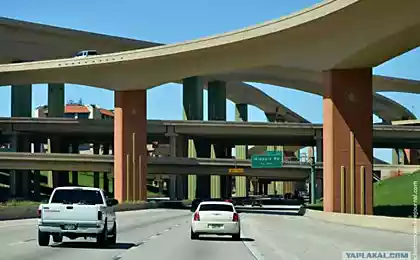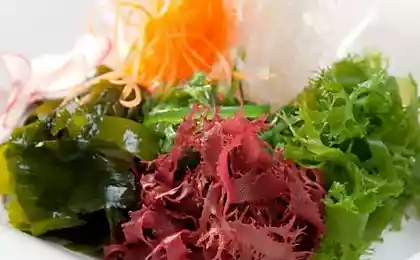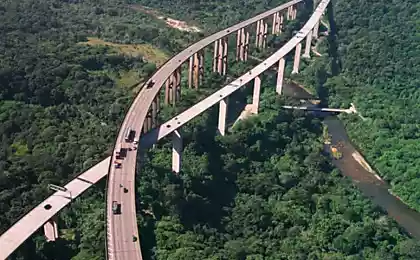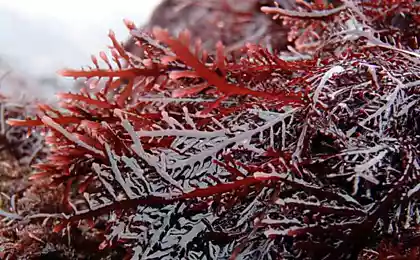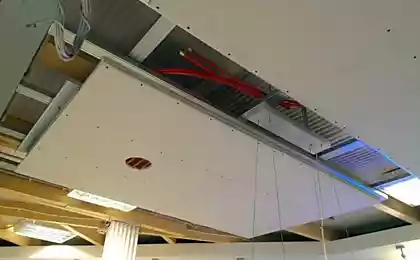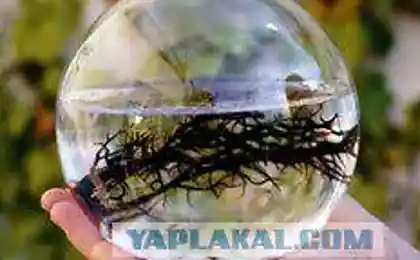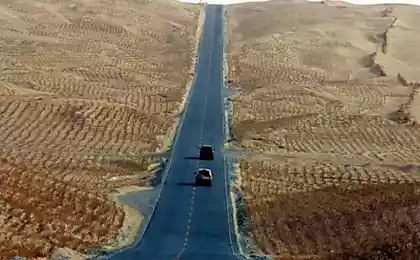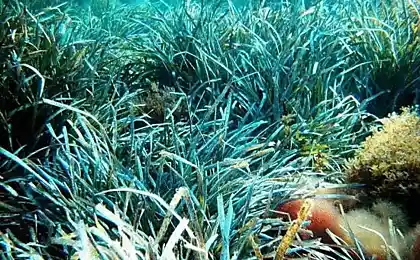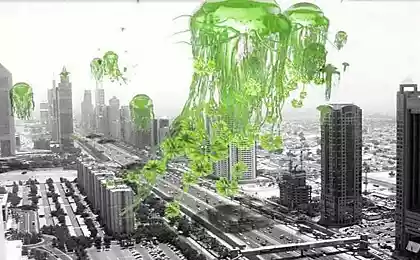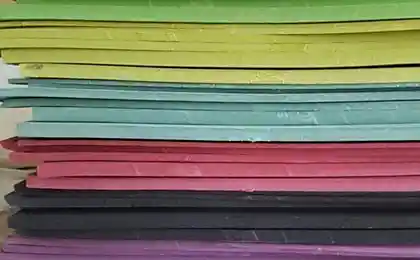452
Clearing the air on the highway with seaweed

The overpass over the highway – probably the last place you'd expect to see the green farm. But algae, as we know, you can do wonders with air. Because they love sunlight and carbon dioxide and give oxygen in return, the placement of this little ecological miracle over the busy highway – the best solution.
It is considered as in Switzerland, by placing on one of your roads farm algae.
A joint French-Dutch design firm in the framework of the festival Villes et Champs has created an elegantly simple way to use the wonderful power of nature to clean the environment: this algae farm installed on a small stretch of highway in Geneva.
Algae are a diverse group of organisms that, like plants, generate energy through photosynthesis, using sunlight and carbon dioxide they produce oxygen. And since CO2 is a pollutant, which is produced by car engines, a busy highway riddled with harmful emissions is the perfect place to install such eco-friendly cleaner.

The device is actually fairly simple: algae with pleasure grow, feeding on emissions of cars that pass under the farm, and complete the meal with sunlight.
The bioreactor consists of a closed system of transparent tubes filled with algae, which are connected to secondary equipment, such as filters, pumps and solar panels. Copious amounts of carbon dioxide and sunlight allows the algae to grow inside the tubes, filtering the air, and then they are extracted for various applications. According to Cloud Collective, the company that created this system, "waste" material can be used to create biodiesel, clean energy, medicine, cosmetics and even food products.

"On a steel structure, supporting all the secondary equipment such as pumps, filters and solar panels, you can also install signs for a rapid transition of the roads and detailed level for pedestrians and cyclists.
The operation and placement of this bioreactor offers an interesting perspective: food production in an urban environment, preservation of green space and green infrastructure," write the designers on their website.

As for the choice of location, the company commented: "this site, a viaduct over a small highway, it looks pretty harsh and not in harmony with the typical garden. Instead, we focused on the character of the highway and tried to show that even these places: roads and unknown to us drivers – can play an important role in the production of food and biomass."
This is a small project, but it perfectly demonstrates how easy it is to keep natural beauty in an urban environment, easily increasing the scale of the structures, to install it on large areas.
Source: facepla.net
Perfect time for a Cup of coffee 10:30 am
10 incredible robots that were created without modern technology
